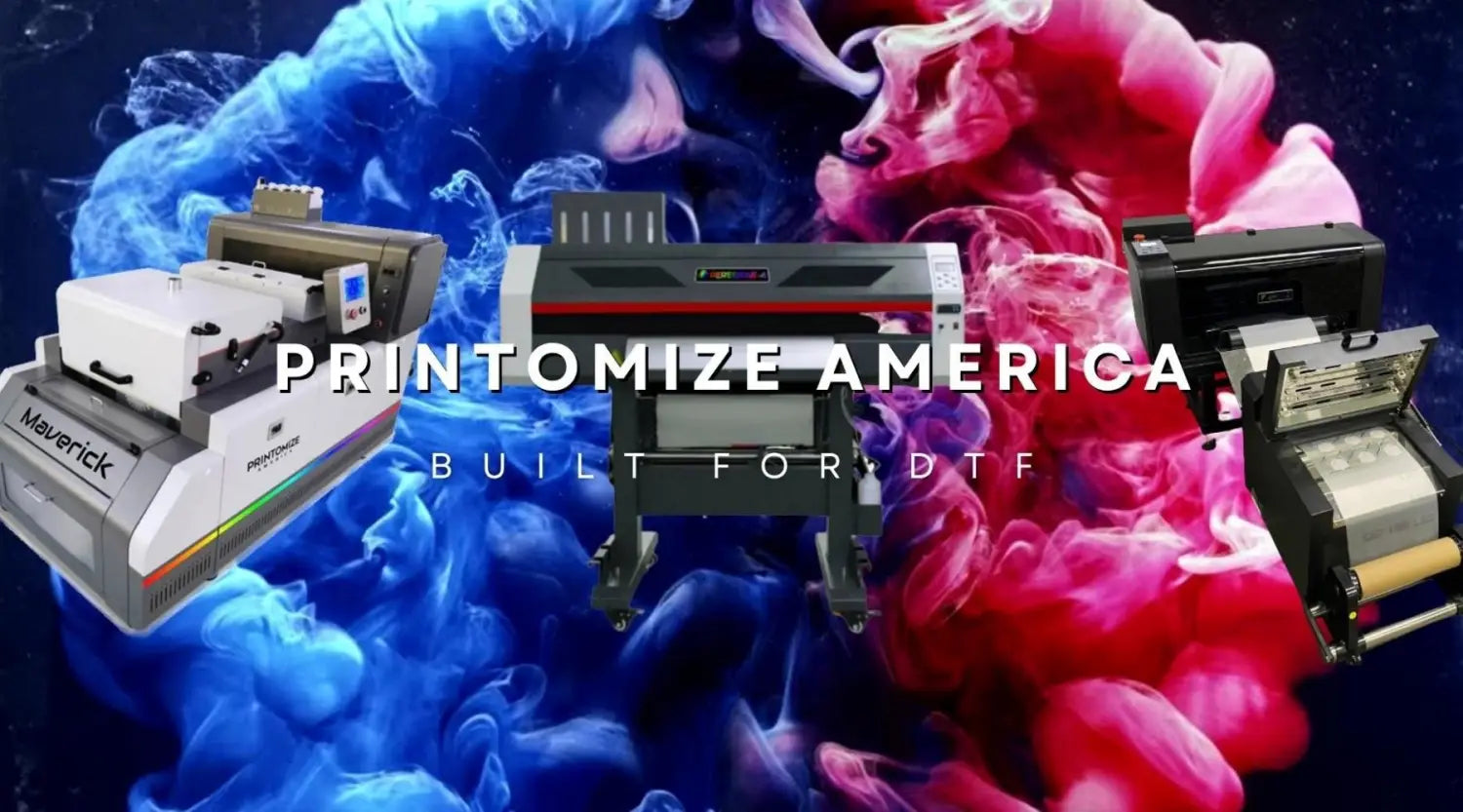The basics of direct-to-film processing are pretty simple to explain. This guide to DTF printing can make it easy to understand for anyone. All experts agree that if you want the best results, it is important to have the best DTF ink. Read on to learn more about the step-by-step process of DTF printing.
DTF Printing
Direct-to-film printing allows the user to print an image or text onto transfer film. That film can then can be used to transfer the print to clothing or other materials. You need the best DTF ink to get the desired results. DTF ink is specially designed with special pigments that are available in black, yellow, magenta, cyan, and white. White ink is used most often because it is the foundation for all your prints. According to Keypoint Intelligence, direct-to-film printers print at speeds of 25-150 square feet per hour. This indicates the level of efficiency that this type of printing is capable of. You also need other materials and equipment for effective DTF printing.
A DTF Printer
A DTF printer is a printer that works using six-color inks. These modified printers can come from a range of manufacturers, but no matter which brand you choose, you always want to choose the best DTF ink. Some printers are quicker than others, but they all depend on the best DTF ink to deliver amazing results. A modification that is made to turn a six-color inkjet printer into a DTF printer includes removing the paper rollers to ensure that images are not smudged in the printing process. Removing the paper rollers also cuts down on the streaking of the image.
Films
DTF printing requires special PET films. PET films are different from the films that are used for screen prints. You can buy DTF Transfer Films in small cut sheets or in large commercial-sized rolls. You can choose between hot-peel or cold-peel films depending on what type of transfer you are doing. Typically, you can buy DTF transfer films from the same place where you will find the best DTF ink.
Software
Software plays a critical role in the success of your DTF printing projects. Software controls how the colors are organized, the characteristics of the text and printing, and how the transfer will play out. The right software and the best DTF ink are both very important parts of the process.
Adhesive Powder
Hot adhesive powder is also important to the process of DTF printing. The adhesive powder is used to ensure that the print will transfer correctly. It is crucial that you choose high-quality adhesive powder to get your desired results. Typically, any place that sells the film, ink, and other supplies for direct-to-film printing will also carry hot-melt adhesive.
The Process
DTF printing starts with loading the DTF film into the printer instead of using regular paper. The image is then printed onto the film. The melting powder is sprinkled liberally over the wet ink. The film is applied to the fabric. Either a pressing machine or a hand iron can be used to apply pressure and heat over the film. The film and fabric are left to cool, and then the film is peeled away. It's that simple!
Get all the supplies you need from a trusted supplier. The right products for DTF printing will ensure that you are successful with all your DTF print projects. If you need a trusted supplier, contact Printomize America today!


